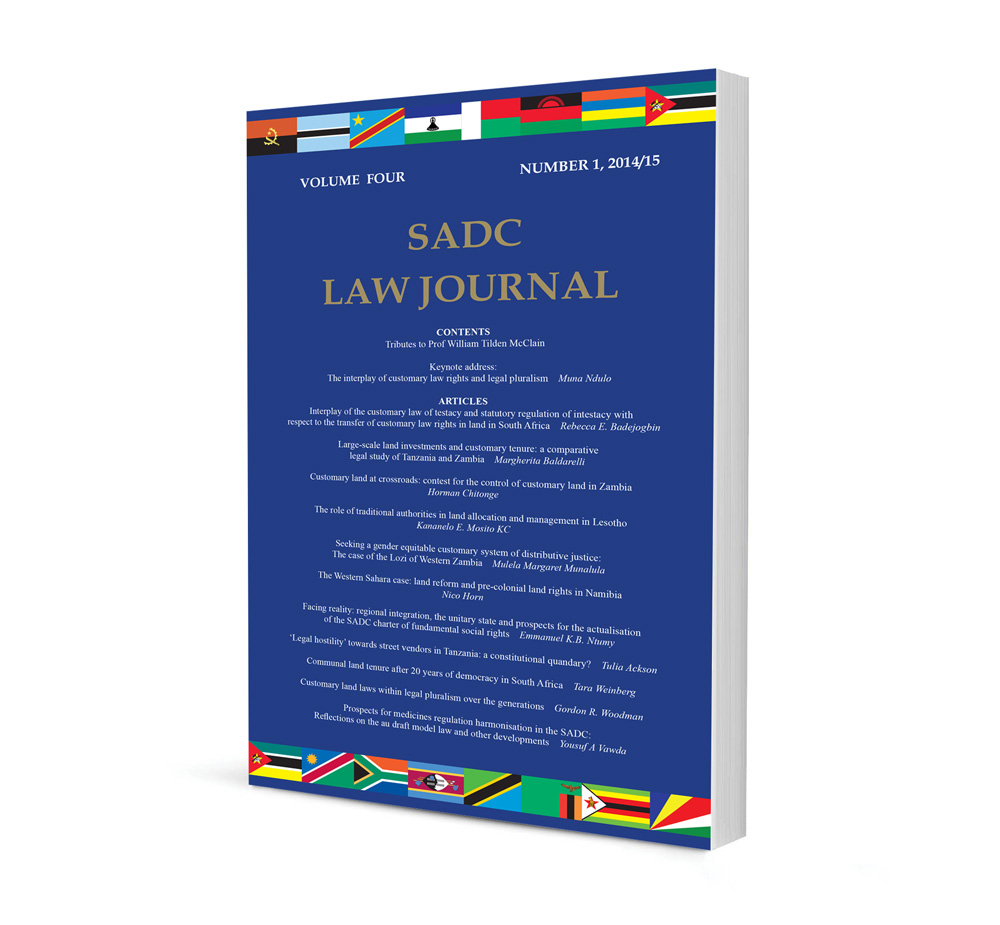Abstract
One of the objectives of the Southern African Development Community (SADC) is to promote sustainable and equitable economic growth and socio-economic development that will ensure poverty alleviation in the region. Furthermore, SADC aims to achieve the sustainable utilisation of natural resources and effective protection of the environment. SADC environmental law consists of a myriad of provisions scattered all over its legal framework, namely the SADC Treaty, the SADC Protocols, and other SADC legal instruments. This paper sketches the most relevant environmental instruments within the SADC legal framework and, by referring to relevant cases, outlines how enforcement of these instruments is being handled. The critical role and the current status of the SADC Tribunal are reflected on, and a connection is established to cross-cutting regimes such as the Southern African Customs Union; the East African Community (EAC), the Common Market for Eastern and Southern Africa (COMESA) and SADC (EAC — COMESA — SADC) Tripartite Initiative; and the association among Brazil, Russia, India, China and South Africa (BRICS), before elaborating on particular issues pertaining to SADC climate change policy.
